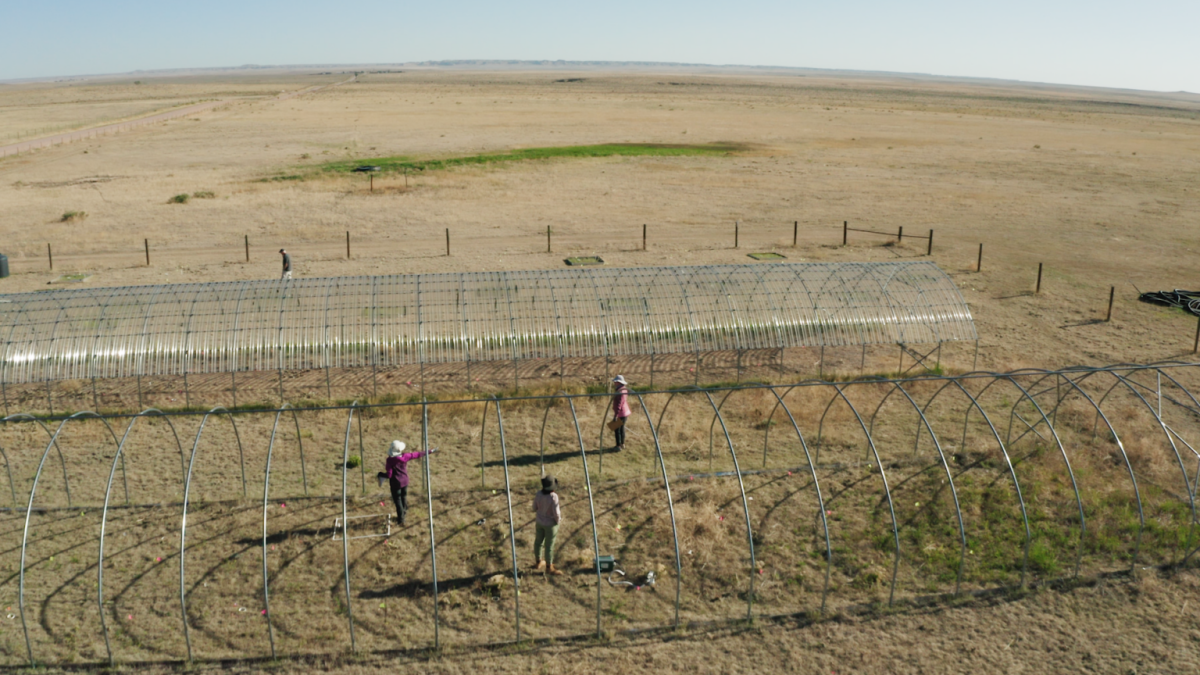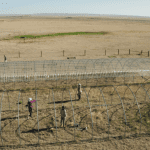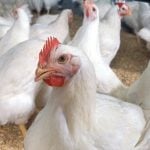(Resource News International) — Statistics Canada’s seeding intentions report, to be released Monday, is widely expected to show farmers seeding more acres to canola this spring, as it’s one of the few crops that pencil out favourably, according to industry participants.
Pre-report trade estimates peg Canadian canola area in 2010 at 16.7 million to 17.8 million acres, with more guesses falling on the high end of that range. The canola acres would compare with 16.199 million in 2009 and would likely represent a new record.
“A lot of us are of the opinion that we’ll see canola acres go up by default,” said Baine Fritzler, a seed dealer and farmer at Govan in southern Saskatchewan.
Read Also

Prolonged drought causes unprecedented productivity loss: Study
Colorado State University — Extreme, prolonged drought conditions in grasslands and shrublands would greatly limit the long-term health of crucial…
While current canola prices won’t make a producer a lot of money, he said, they are still better than other options.
“There’s no quota on canola, any given day you can phone an elevator and deliver a load of canola, it’s the one commodity where you can see the market fluidity,” Fritzler said.
“This is one year where it’s very difficult to get a handle on the acreage, because there seems to be no crops that really pencil out for a profit,” said Jerry Klassen, manager of GAP Grains and Products in Winnipeg.
He agreed canola acres would be up, but noted the wide range of growing conditions across the Prairies, along with the fact that the survey was taken before some areas saw recent moisture, may lead to some shifting in the other crops.
There may yet be some switching between durum and spring wheat acres, Klassen said.
All wheat area was estimated at 22 to 24.2 million acres by market participants, which would compare with 24.827 million in 2009. Of that total, durum acres are expected to account for most of the reduction, with estimates for the crop ranging from 4.2 million to 5.2 million acres. That would compare with durum seedings of 5.66 million acres in 2009.
Rotational issues
Opinions were divided on barley, with trade estimates ranging from slightly higher to sharply down from the previous year. Barley seedings were forecast at 7.4 million to 8.9 million acres, which compares with 8.663 million in 2009.
While most market participants were anticipating a slight decrease in barley acres, Darren Frank, an Oakville, Man. analyst with FarmLink Marketing Solutions, said farmers will need to plant some cereals for rotational issues — and the fact that it’s relatively cheap to grow may lead to some more barley acres.
Oats were also being touted as a relatively cheap cereal to grow for rotational issues, with most estimates calling for an acreage increase of at least 10 per cent. Intended oats acres were forecast at 3.9 million to 4.5 million acres, which would compare with 3.732 million in 2009.
Flaxseed area is forecast at 1.2 million to 1.6 million acres, which would be down from the 1.71 million acres seeded the previous year.
Estimates for pea acres were mixed, ranging from 3.3 million to 4.4 million acres, which compares with 3.76 million in 2009.
Lentil acres were expected to be up on the year, with average estimates in the 2.9 million- to 3.3 million-acre range. Canadian farmers planted 2.399 million lentil acres in 2009.















